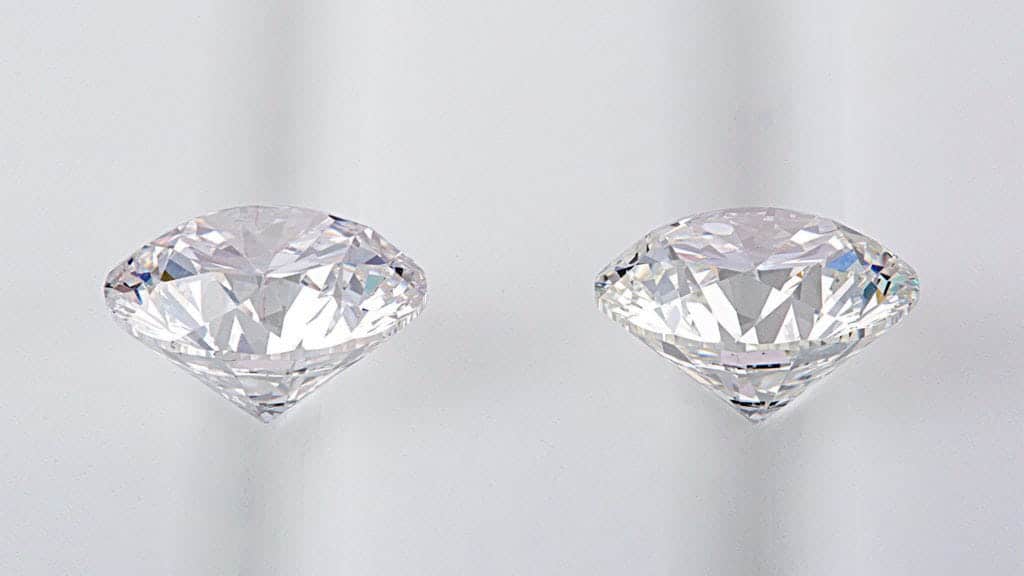The diamond industry has always been related to environmental concerns and economics around the world. With technological advancements came the opportunity to imitate the high temperature and pressure conditions of the earth, and this gave birth to lab-grown diamonds(LGDs).
LGDs are man-made diamonds created in research laboratories under controlled atmospheric conditions. Their annotation might differ; however, they are the same in composition, cosmetic architecture, optical attributes, and other crystal-like properties.
In the last few years, LGDs have gained huge momentum in the market, and currently, they are the talk of the town. Here is an article that illustrates the reasons for the shift from natural diamonds.
Ethical and endurable
The United States Federal Trade Commission recognized the benefits of lab-grown diamonds and emphasized their similarity with natural diamonds. It underlined LGDs as real diamonds with identical chemical, physical, and optical compositions.
LGDs undergo severe treatment with two processes, namely, Chemical Vapor Deposition (CVD) and high-pressure, high-temperature (HPHT). This technique makes them highly endurable and imparts similar optical, crystalline, and cosmetic properties.
Friends of the environment
Mined diamonds have contributed to climate change for years. Extraction of a single carat diamond releases more than 120 pounds of greenhouse gasses along with the release of hazardous gasses like sulfur dioxide. Other than this involvement of machinery, more than gallon tons of water, explosives, and destruction of forest lands. Besides air and water pollution, mining diamonds also involves huge power consumption, again impacting the environment more than the benefits.
However, lab-grown diamonds need only a research lab to be grown in a very short time as compared to more than 100 feet of land required by mined diamonds. They do not involve any mining or release of waste.
Human Friendly
Lab-grown diamonds overcome the innumerable hazardous risks posed by mined diamonds. They are manufactured with zero human injuries, minimal labor exploitation, and nil wars.
Traditional diamond extraction practices involve 1 fatal injury per 1000 employees along with unbearable working conditions like collapsible mines, exposure to unsafe pollutants, countless occupational health-related risks, extreme weather conditions, and degradation of natural resources.
Nevertheless, LGDs are free from such impacts and involve only sophisticated scientific practices with the zero-waste release.
4Cs qualifier
As labeled by the United States Federal Trade Commission, LGDs are real diamonds. Therefore, the classic 4Cs (color, carat weight, clarity, and cut) apply to them as well. They are known for their significant clarity as compared to natural diamonds. They are the perfect fit for engagement rings as they do not get cloudy with time.
Since this is a man-made product, it may sometimes not be as precise in angular configuration and carat weight; however, with precision comes perfection. The more severe the treating conditions in LGDs, the more splendid the diamond is produced.
Budget-friendly
As LGDs do not involve much physical workforce, heavy machinery, and invasion of natural areas. These are 30% less in price value as compared to natural diamonds.
Conclusion
LGDs are the upcoming future of the diamond industry because nature cannot be compromised and love for diamonds has to be preserved.
